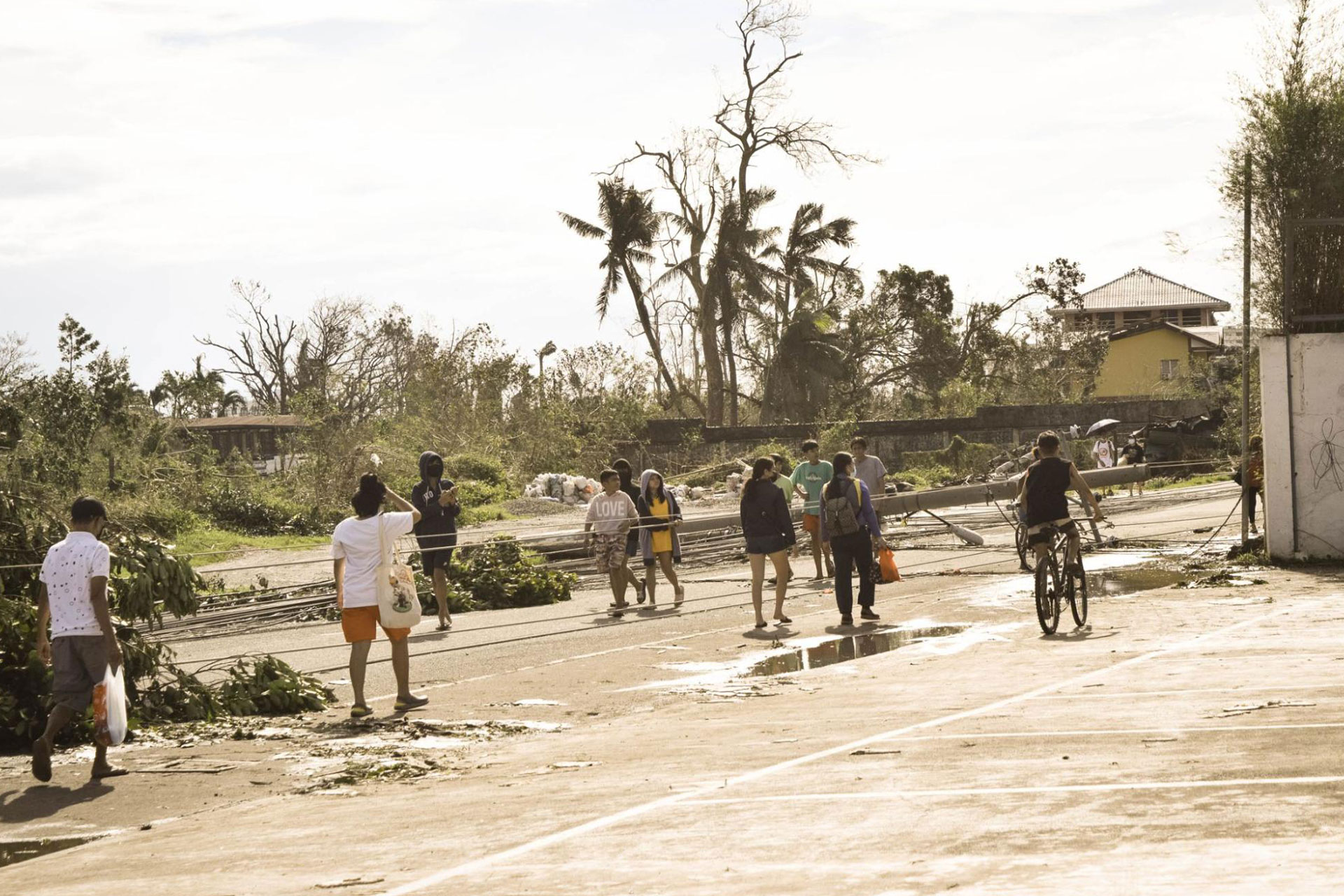In times of disaster, when homes are reduced to rubble and lives hang in the balance, every moment counts. Traditional relief efforts often struggle to keep up with the urgent demand for shelter, medical supplies, and other essentials. But there’s a technology on the rise that’s changing the game – 3D printing. So in this blog, we will be looking at how 3D printing is becoming a beacon of hope and resilience in disaster relief efforts.
Rapid Deployment of Shelter
One of the most compelling applications of 3D printing in disaster relief is the rapid construction of shelters. Traditional shelter construction can be slow and resource-intensive, while 3D printing offers an innovative solution.
Related: 3D Printed Houses: What are Their Pros and Cons?
1. Speed and Efficiency
3D printers can create entire buildings in a matter of hours or days, depending on their size and complexity. This speed is crucial in disaster-stricken areas where people need shelter urgently.
2. Cost-Effective
The materials used in 3D printing for shelter construction can often be sourced locally, reducing transportation costs. Additionally, the efficiency of the process reduces labor expenses.
3. Customization
3D printing allows for the customization of shelters to meet specific needs. This flexibility is invaluable when catering to diverse groups of survivors.
Medical Supplies on Demand
Disasters often lead to an immediate surge in medical needs. 3D printing can swiftly address this challenge by producing essential medical supplies.
Related: 3D Printing in Healthcare: Uses and Applications
1. Prosthetics and Orthotics
Customized prosthetics and orthotic devices can be 3D printed to provide comfort and functionality to survivors with amputations or mobility issues.
2. Personal Protective Equipment (PPE)
During a pandemic or other health crisis, the demand for PPE can skyrocket. 3D printing can produce face shields, mask components, and other PPE items quickly and affordably.
3. Drug Delivery Devices
Innovations in 3D printing have led to the production of drug delivery devices tailored to individual patients, ensuring precise dosages and minimal waste.
Food and Water Solutions
3D printing isn’t limited to just physical objects; it can also contribute to providing sustenance during disaster relief efforts.
1. Food Printing
While still in the experimental stage, food printing technology could potentially allow for the creation of edible and nutritious meals using a combination of ingredients and 3D printing techniques.
2. Water Filtration
3D printing can be used to manufacture water filters, helping to purify contaminated water sources and provide safe drinking water to affected communities.
The Role of Drones in Disaster Relief
Drones, equipped with 3D printers, have also emerged as a game-changer in disaster relief efforts.
1. Aerial Surveys
Drones can quickly assess the extent of damage and identify areas in need of immediate assistance, aiding rescue teams in planning their operations effectively.
2. Delivering Aid
Drones equipped with 3D printers can reach remote or inaccessible areas, printing and delivering critical supplies such as medical equipment, food, and water.
Challenges and Future Prospects
While 3D printing offers tremendous promise in disaster relief, it is not without its challenges:
1. Infrastructure
Deploying 3D printers in disaster zones requires suitable infrastructure and access to power sources, which may be lacking in some areas.
2. Material Availability
The availability of suitable printing materials can be a constraint, especially in resource-constrained environments.
3. Regulation and Training
Ensuring that 3D printing technology is used safely and effectively in disaster relief requires proper training and adherence to regulations.
Nevertheless, as technology advances and more organizations embrace 3D printing for disaster relief, these challenges can be addressed, making the approach even more viable in the future.
3D printing has emerged as a powerful tool in disaster relief efforts, offering speed, cost-effectiveness, and customization. From rapid shelter construction to on-demand medical supplies and innovative food solutions, this technology is building hope and resilience in the face of adversity. With ongoing developments and increased adoption, 3D printing is poised to play an even more significant role in saving lives and rebuilding communities during times of crisis.

